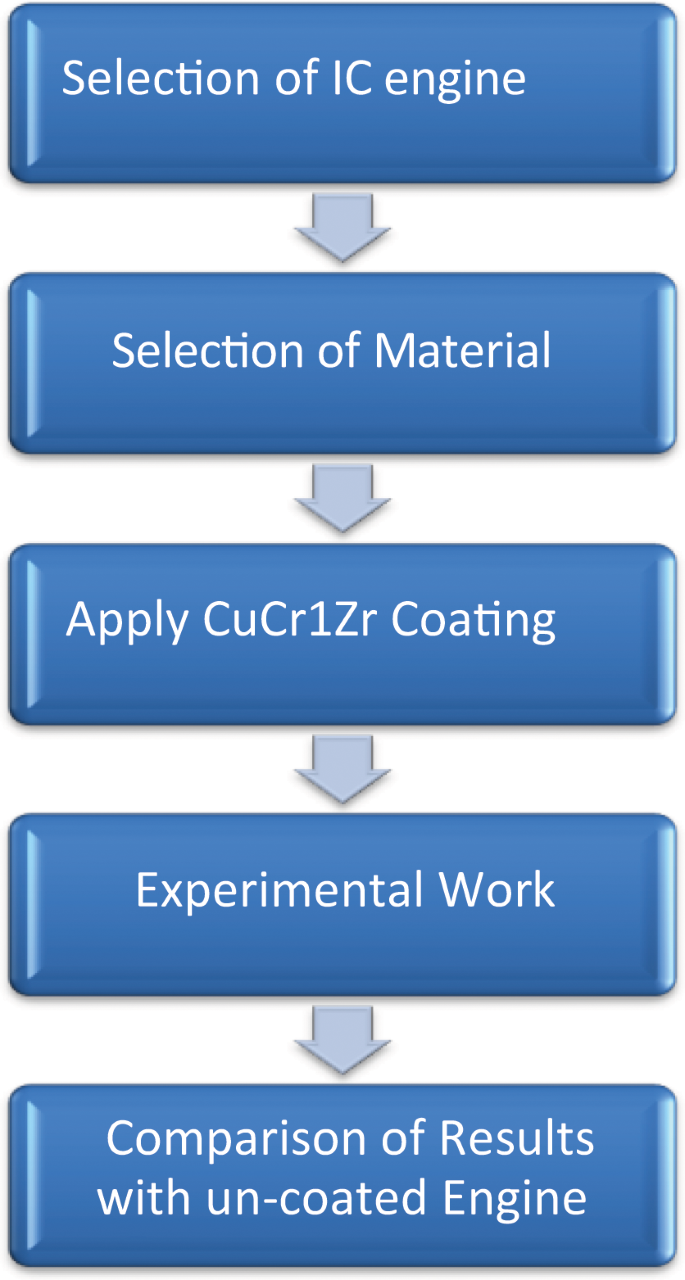


Turbulence also speeds up the combustion and reduces the combustion time loss, hence allowing the speed of the engine to be increased. The second factor for thermal efficiency is to have minimal heat loss during combustion, which can be achieved by giving a small surface to volume ratio to the combustion chamber. The third factor is high volumetric efficiency that is achieved by having large diameter valves along with good timing and straight passageways to allow flow of the gases with the least pressure drop.įor getting a high thermal efficiency, a high compression ratio is. Needless to say, no dead pockets should remain inside the combustion chamber. The second factor is that no excess air should be used and complete utilization of the air should be made. The compression ratio is limited by the detonation and knocking and depends on the fuel quality and chamber design. The main requirements of spark ignition combustion chamber design are high power output with minimum octane requirement of the fuel, high rate of thermal efficiency, and smooth engine operation at all gears.įor getting a high power output from the same size of the engine, the compression ratio of the engine has to be increased. Four Stroke Engine Combustion Chamber Basic Requirements of a Good Combustion Chamber In this article we will be concentrating on the design principles of the spark ignition engines. It must be noted that the design of the combustion chamber is different for the spark ignition (gasoline) engines and compression ignition (diesel) engines. The layout and shape of the combustion chamber has a bearing on the thermal efficiency and performance as well, and thus different types of combustion chambers have been designed and used over the years (and still the research is on). The design of the combustion chamber influences the performance of the engine and its anti-knock properties. The layout and the shape of the combustion chamber depend on the profile of the piston top, the shape of the cylinder head, the location and the arrangements of the inlet and exhaust valves, and the spark plugs. It is an enclosed volume bound between the cylinder head and the top of the piston.

In diesel and gasoline engines the enclosed space where the combustion of the fuel takes place is called the combustion chamber.


 0 kommentar(er)
0 kommentar(er)
